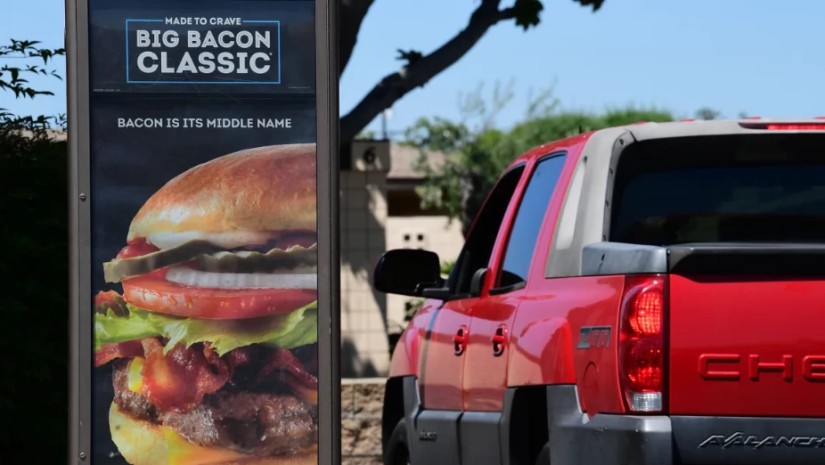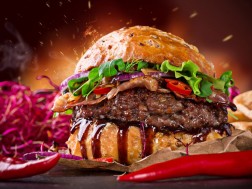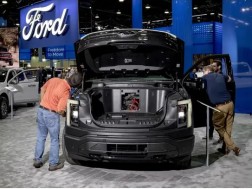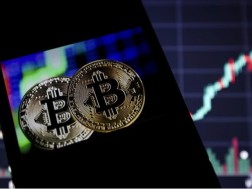Don’t call Wendy’s new pricing plan “surge pricing.”
In a blog post on Tuesday, the fast-food chain explained that its test of new menus with prices that change throughout the day is not meant to cost more for customers.
“This was misconstrued in some media reports as an intent to raise prices when demand is highest at our restaurants,” the company statement read. “Digital menuboards could allow us to change the menu offerings at different times of day and offer discounts and value offers to our customers more easily, particularly in the slower times of day.”
In an email to CNN, Wendy’s was more blunt: “Wendy’s will not implement surge pricing, which is the practice of raising prices when demand is highest. This was not a change in plans. It was never our plan to raise prices when customers are visiting us the most.”
But the questions over what to call Wendy’s experiment – surge pricing? Dynamic pricing? Something else? – underscore the PR problem around a pricing system that’s already been used for years in a range of industries, from ride-sharing to airlines to your local happy hour.
Surge pricing refers to dynamic pricing, which is a way for businesses to charge more (or less) based on how many people want their products at any given time.
“Whoever called it surge pricing made the worst marketing mistake you can think of,” said Juan Castillo, assistant professor of economics at the University of Pennsylvania. “Surge pricing sent the message to everybody that this is mostly about increasing prices. That created a very negative reaction from the public.”
Dynamic pricing uses real-time data to figure out where a company can set their prices.
That lets companies earn the maximum that they can at any given moment, Castillo said, but it depends on two critical factors: innovative technology and managing “backlash from consumers” – as Wendy’s learned this week, when the memes about unaffordable burgers started flying after their initial announcement.
Chuck Bell, director of advocacy at Consumer Reports, told CNN that consumers are most familiar with surge pricing from experiences with high prices at companies like Uber and Lyft.
“The prices of ride-sharing services are generally higher at rush hour,” Bell said. “Your options are more limited when there is peak demand from other customers, so you pay a higher price to get the thing you want.”
Castillo said despite frustration with price surges, dynamic pricing does not just mean higher prices. While consumers pay more during peak hours, this also means they pay less during off-peak hours. Think of those two-for-one appetizer or drink specials at your neighborhood happy hour.
“Dynamic pricing means higher price sometimes, lower price sometimes,” Castillo explained.
Dynamic pricing coming to Wendy’s highlights a potential “turning point” in technology for the fast-food industry, said Jonathan Maze, editor-in-chief of trade publication Restaurant Business.
“If Wendy’s idea works it could get others to do something similar, and I wouldn’t be surprised to see another chain or two test the idea themselves, given what Wendy’s is doing,” Maze said.
Dynamic pricing has existed for decades for airline tickets, Castillo explained, but the 2010s ushered in an era of greater applications.
As technology improved, so did the ability to use real-time data in everyday transactions. “With everyone having smart phones, it became much easier for companies to do this form of prices that adjust in real time,” Castillo said.
Castillo pointed to e-commerce as well prepared to change prices like this. Ticket-selling platforms like Ticketmaster and Stubhub already use dynamic pricing.
Instacart, an online grocery delivery service, also uses the pricing model. Instacart uses Eversight, an AI-powered pricing tool that tests the price people will pay for something.
As dynamic pricing and the use of AI moves into fast-food, companies risk confusing consumers and even losing customers, Lindsay Owens, the executive director of the Groundwork Collaborative, a DC-based, progressive policy group, wrote in an email to CNN.
“After considerable public pushback, Wendy’s is now framing their dynamic pricing strategy as discounts during off-peak times instead of surge pricing during peak times,” she wrote.
That lets companies earn the maximum that they can at any given moment, Castillo said, but it depends on two critical factors: innovative technology and managing “backlash from consumers” – as Wendy’s learned this week, when the memes about unaffordable burgers started flying after their initial announcement.
Chuck Bell, director of advocacy at Consumer Reports, told CNN that consumers are most familiar with surge pricing from experiences with high prices at companies like Uber and Lyft.
Source: CNN
















